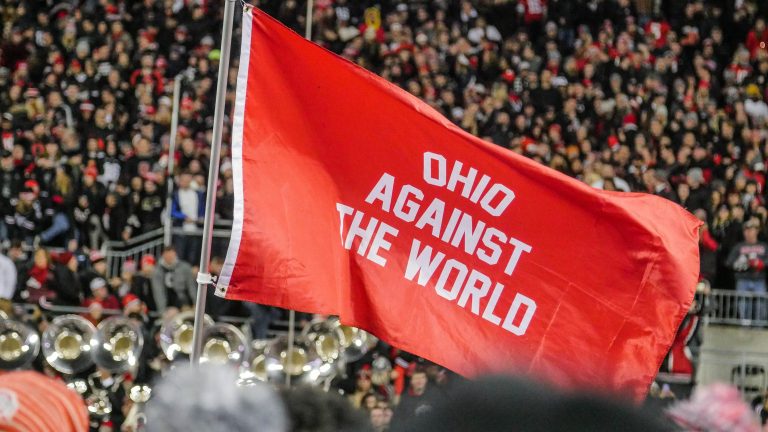Stop the Presses!

The Department of Justice has sued to block the merger of publishing companies Penguin Random House and Simon & Schuster. Under the proposed merger, Penguin Random House would acquire its rival for $2.18 billion, and making Penguin Random House much larger than its nearest remaining competitors. Although the merger was announced over a year ago, the lawsuit comes after President Biden issued an executive order to increase scrutiny of mergers and increase competition in the US economy.
Preventing mergers is typically done to prevent companies from exerting monopoly power and raising prices on consumers. While this lawsuit does mention the potential to raise prices on consumers, the main argument against the merger is quite different. The lawsuit alleges that if the merger goes through, the new behemoth company will be able to exert outsized influence on authors, and lower the amounts they are paid in advances and royalties. In a competitive publishing industry firms bid for the rights to publish authors’ creative work. This competition increases the amounts authors receive and reduce the publishing companies’ share of the revenue. The lawsuit alleges that the new company would control over half the market for purchasing new work. If they use their power to lower compensation for writers, it would ultimately make it more difficult for writers to make a living of their books, thus reducing the number and variety of books being published.
The publishing companies intend to fight the lawsuit, arguing that the Department of Justice has misconstrued the intent of the merger, and that this should be treated the same as other recent mergers that have been allowed to move forward.
Discussion Questions:
- Discuss the difference between monopoly and monopsony. What are some other examples of monopsony power?
- In examining mergers, the DOJ uses a market concentration metric known as the Herfindahl-Hirschman Index (HHI) described here. A market with an HHI above 2500 is considered to be highly concentrated. Mergers that “increase the HHI by 200 points in highly concentrated markets are presumed likely to enhance market power.” Suppose before the merger, the big five publishing companies had market share of 30%, 20%, 15%, 10%, and 10%. After the merger the two largest combine to have 50% market share. Is this market considered highly concentrated before the merger? After? By how much would the merger increase the HHI?
- Other measures of market concentration are the 4-firm concentration ration and the 8-firm concentration ratio, which sum the market shares of the larges 4 and 8 firms in a market, respectively. What is the advantage of using the HHI over these other measures?
Sources: United States Department of Justice: Herfindahl-Hirschman Index; Photo by RASimon on https://unsplash.com/













